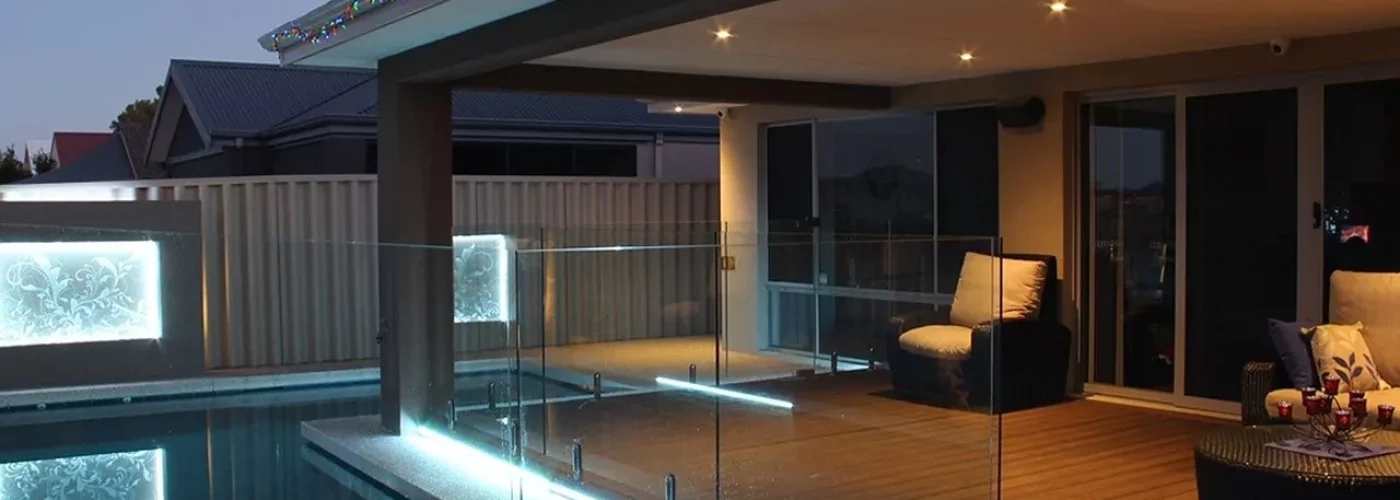The trend of enclosing existing decks has gained momentum among homeowners seeking to maximize their outdoor living spaces. According to AAA Fence and Deck, a leading deck builder in Chapel Hill NC, proper planning and material selection is vital for successful deck enclosure projects that can withstand local weather conditions while maintaining structural integrity.
Creating an enclosed deck space requires careful consideration of multiple factors, from structural assessment to design choices. This transformation can add significant value to your property while providing a versatile space usable throughout all seasons.
Structural Assessment Requirements
Before beginning any enclosure project, evaluating your deck’s current structural capacity is crucial. The additional weight of walls, windows, and roofing materials demands a thorough inspection of the existing foundation and support system.
Your deck’s foundation must be capable of supporting both dead loads (permanent structures) and live loads (people, furniture). This often requires reinforcing existing support posts and potentially adding new footings to handle the increased weight.
Material Selection and Compatibility
The choice of enclosure materials significantly impacts both functionality and aesthetics. Options range from traditional wood framing with windows to modern composite materials that offer superior weather resistance.
Weather-resistant materials like vinyl and composite products provide long-term durability with minimal maintenance requirements. These materials must complement your home’s existing architecture while providing adequate insulation and protection.
Design Integration Strategies
The enclosure design should flow seamlessly with your home’s existing architecture. This includes matching roof lines, window styles, and exterior finishes to create a cohesive look.
Consider incorporating elements like large windows or sliding glass doors to maintain an open feel while providing protection from the elements. The design should maximize natural light while maintaining privacy and comfort.
Climate Control Considerations
Adding heating and cooling systems transforms your enclosed deck into a true year-round space. This requires careful planning for insulation, ventilation, and temperature control.
Proper ventilation prevents moisture buildup and maintains air quality. Consider installing ceiling fans, windows that open, and adequate insulation to regulate temperature effectively throughout the year.
Lighting and Electrical Planning
Electrical planning must account for both functional and ambient lighting needs. This includes installing weather-protected outlets, switches, and appropriate fixtures.
Consider incorporating both natural and artificial light sources. Task lighting for specific areas combines with ambient lighting to create a welcoming atmosphere at any time of day.
Privacy Solutions
Creating privacy within your enclosed deck requires thoughtful planning. Various options include frosted glass, strategic window placement, or decorative screens.
The balance between privacy and openness affects both the functionality and comfort of your space. Consider incorporating adjustable solutions like blinds or shutters that allow flexibility in controlling visibility.
Moisture Management Systems
Proper moisture control protects your enclosed deck from water damage and extends its lifespan. This includes appropriate flashing, waterproof membranes, and adequate drainage systems.
Installing proper vapor barriers and ensuring good airflow prevents condensation and mold growth. The roofing system must direct water away from the structure effectively.
Permit and Code Compliance
Local building codes dictate specific requirements for enclosed structures. Understanding and following these regulations ensures safety and legal compliance.
Working with local authorities to obtain necessary permits prevents future complications. This includes meeting requirements for emergency exits, structural support, and electrical systems.
Seasonal Adaptability Features
Incorporating features that allow adaptation to different seasons maximizes the space’s utility. Retractable screens, adjustable ventilation, and climate control systems provide year-round comfort.
Consider adding features like removable panels or adjustable windows that allow you to modify the space based on weather conditions and seasonal needs.
Cost and Value Considerations
The investment in enclosing a deck varies based on materials, design complexity, and local labor costs. However, this addition typically increases property value and provides year-round usable space.
Consider both immediate costs and long-term maintenance requirements when planning your project. Quality materials and proper installation often prove more economical over time.
Final Thoughts
Enclosing your deck creates a versatile living space that bridges indoor and outdoor environments. The success of such a project relies on thorough planning, quality materials, and professional execution.
For homeowners considering this transformation, consulting with a professional deck contractor ensures proper assessment of structural requirements and compliance with local building codes. Their expertise can help create a beautiful, functional space that adds value to your home while providing year-round enjoyment. Contact a local deck specialist today to discuss your vision for an enclosed deck space that meets your specific needs and preferences.





